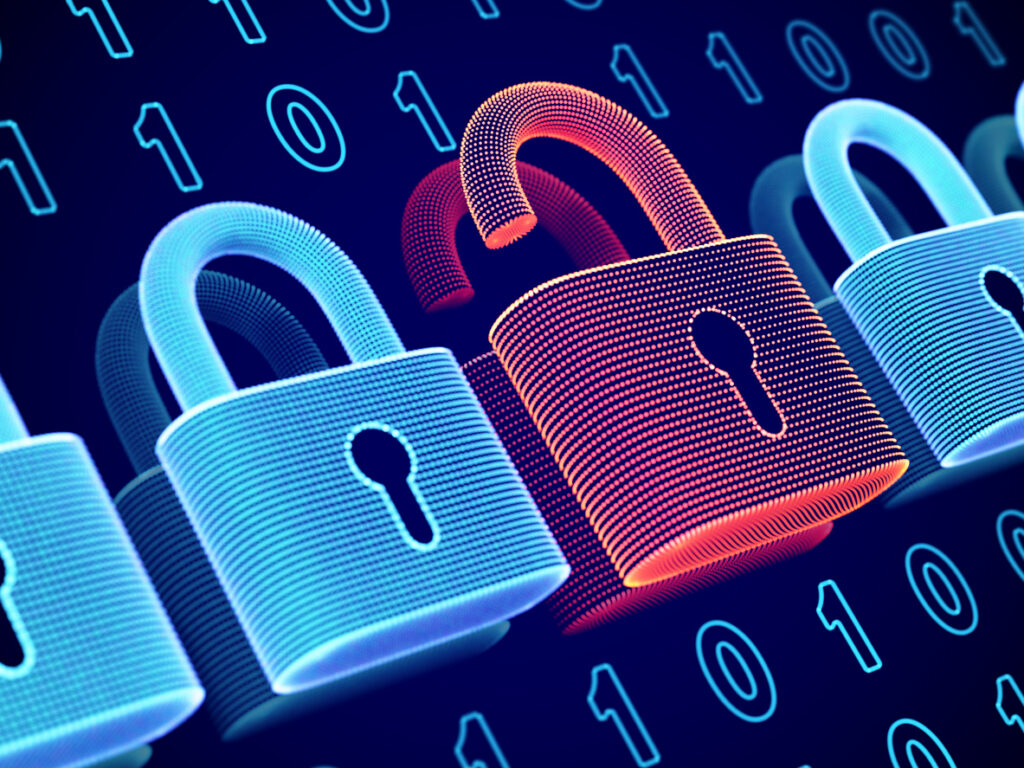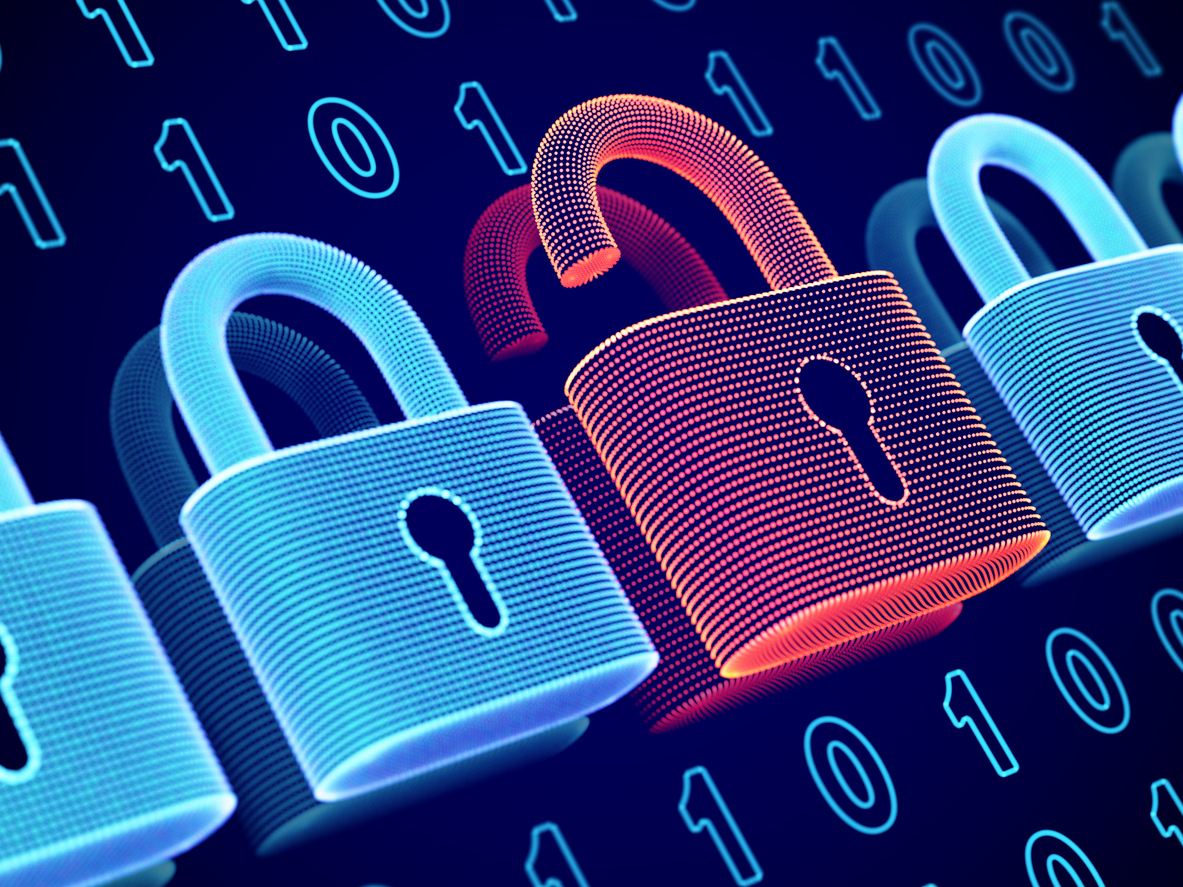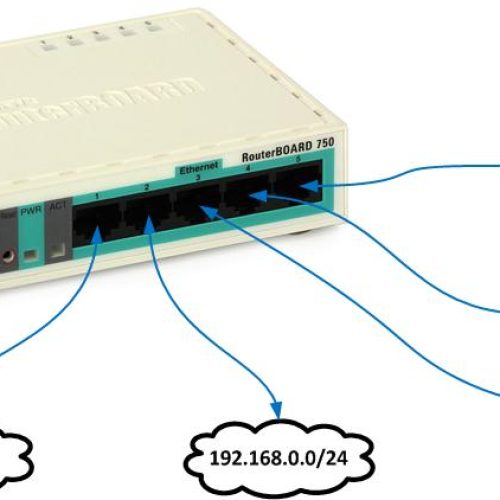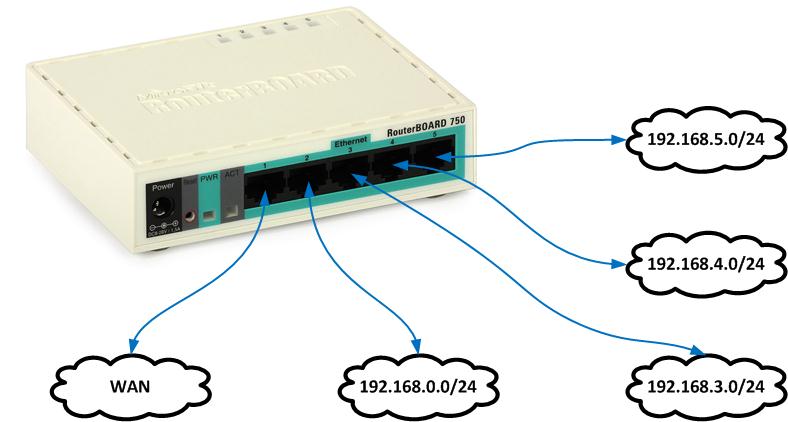
In today's digital age, passwords are a critical part of our daily lives. We use passwords to access everything from our email and social media accounts to online banking and shopping.. However, with so much personal and sensitive information being stored online, it is essential to ensure that our passwords are secure and difficult for others to guess. In this article, we'll explore some best practices for creating strong passwords and keeping your online accounts secure.
1. Use a strong and unique password for each account
One of the most important things you can do to keep your accounts secure is to use a strong, unique password for each one.. This means avoiding common passwords like “password” or “123456” e, instead, use a combination of letters, numbers and symbols. A good rule of thumb is to use a password that is at least 12 characters and contains a mix of uppercase and lowercase letters, numbers and symbols.
It is also crucial to use a unique password for each account.. If you use the same password for multiple accounts and one of them gets compromised, all other accounts may also be at risk. To facilitate the management of multiple passwords, you can use a password management tool, which can securely store all your passwords and generate strong and unique passwords for each account.
2. Avoid using personal information in your passwords
When creating a password, it is important to avoid using personal information that others can easily guess, as your name, date of birth or address. Hackers often use personal information to try to guess passwords, so it's better to use random combinations of letters, numbers and symbols that are not related to your personal life.
3. Change your passwords regularly
Another important best practice for password security is to change your passwords regularly.. This can help prevent someone from gaining long-term access to your accounts if they got hold of your password.. It is recommended to change your passwords every 3-6 months, or more often if there is a data breach or security incident that may have compromised your password.
4. Turn on two-factor authentication
Two-factor authentication (2FA) is an extra layer of security that requires a second form of identification in addition to your password. This could be a fingerprint, a code sent to your phone or a security token. Enabling 2FA can significantly increase the security of your accounts and make it much more difficult for someone to gain access to your account., even if you have your password.
5. Beware of phishing scams
Phishing scams are a common way hackers try to gain access to your accounts. These scams usually involve spoofed emails or websites that appear to be legitimate, but are designed to trick you into entering your login credentials. To avoid falling for a phishing scam, always be on the lookout for emails or websites that ask for your password or personal information and only enter your login credentials on official websites you trust.
In conclusion, password security is crucial to keeping your online accounts safe. Following these best practices, you can create strong and unique passwords, move them regularly, enable two-factor authentication and watch out for phishing scams. With these measures in place, you can significantly reduce the risk of your accounts being compromised and protect your personal information from being stolen.








